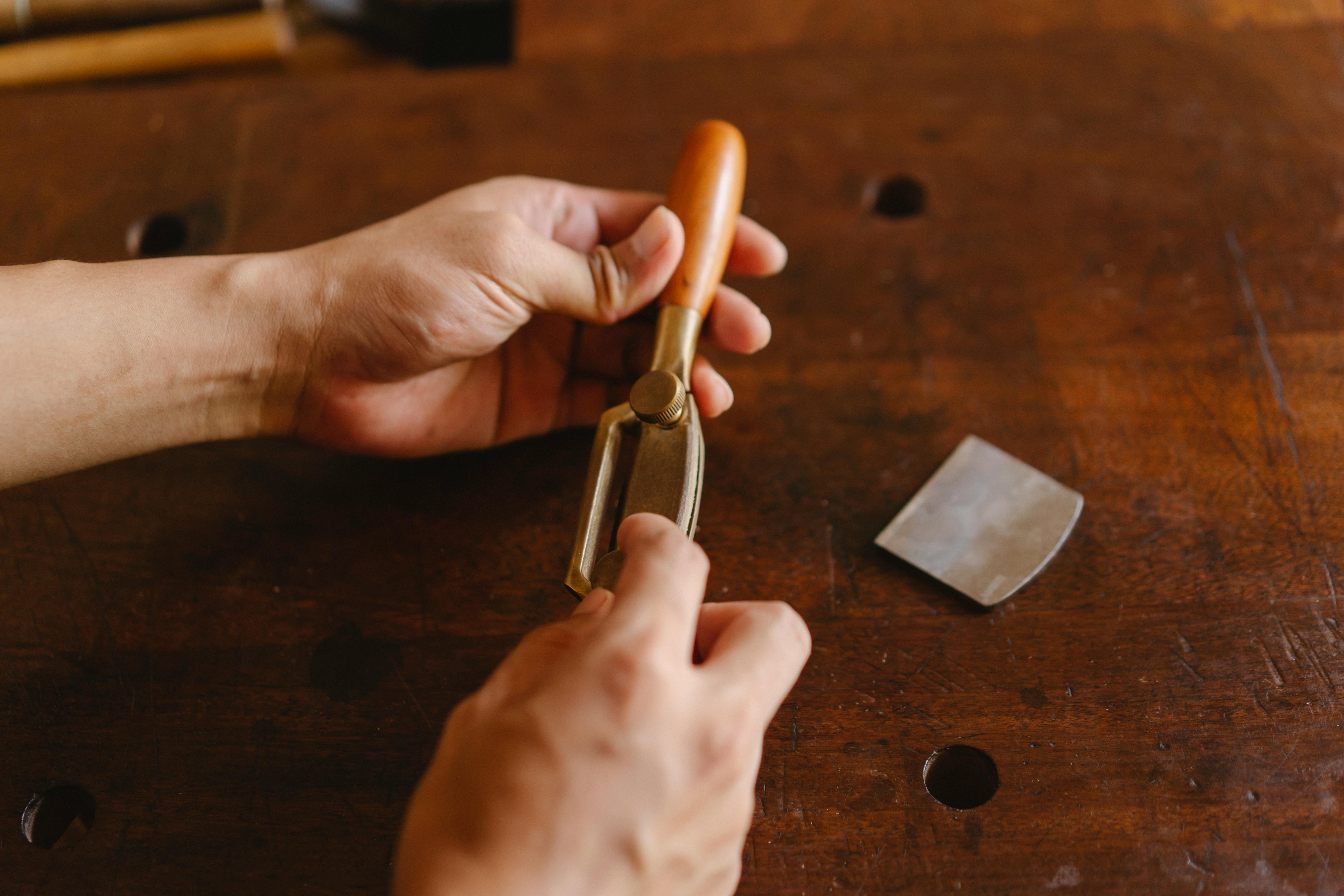The key to success with pin brazing, as with traditional brazing techniques, is based on many key factors and there are several main factors, but when it comes to pin brazing there are only five areas in the ones I mainly focus on when giving training classes or presentations. These are the power supply, preparing the surface for your connection, preparing the surface for your grounding device, having the correct tightening settings, and finally, operator proficiency. The above factors can often be individually overlooked, often creating inadequate results and costly delays, so it is important for both operators and businesses to ensure they have received or made provision for training and certification by a qualified and experienced Instructor.
Not wanting to turn this article into an ‘instruction manual’, it is my intention to focus in more detail on why some of the above factors are imperative considerations both in the design and development of Pin Brazing products and in the consideration that must be taken when assume the responsibility. to develop and pioneer these innovative processes.
Connection design.
Joints brazed with silver-based filler metals must always have a capillary gap into which the molten filler metal can flow. Joint strength will vary with joint gap and degree of overlap between connection type and parent metal, clearances of 0.03 to 0.08 mm (0.0012 to 0.0031 in) are recommended for the best capillary action and joint strength. During the Pin Brazing process, the brazing material enters the joint, which is due to the attraction between the molecules of the brazing material and the molecules of the metal surface to be joined. This will only work if: The metal surface is clean, the clearance between the metal surfaces is correct, and the metal in the joint area is hot enough to allow the brazing material to flow evenly. Connection methods, such as crimp terminals, must be precisely manufactured to ensure optimal capillary space for joint strength and integrity, while allowing excess heat created during brazing arc initiation to flow. freely away from the substrate material to reduce unnecessary damage or increase Heat Affected Zone (HAZ).
Brazing pins and their respective alloys should be selected based on their suitability for a particular application. Consideration must be given to the design of the substrate, the parent metal, the brazing process, and the ergonomics of the operation. The use of free-flowing, high-silver, cadmium-free filler alloys with low melting ranges is essential in the development of brazing pins, which help protect the base material during the arcing process and allow higher flow that maximizes the available surface. which in turn allows for a more substantial electrical and mechanical connection.
In the manufacture of brazing pins, the choice of flux is as important as the choice of filler metal. The working range of the flux must be compatible with the brazing temperature, must have an appropriate pot life at the temperature, and must be suitable for both the heating method (in the case of pin brazing, the arc temperature could exceed 2000 degrees Celsius) as well as for the base metals and become active below the melting point of the brazing alloy. It must remain active throughout the brazing cycle removing any oxides formed on the base metal. Observations should be made if the flux residue appears blackened and glassy, as the flux has likely been depleted during heating. This could be the result of contaminated flux (from very old or improperly stored solder pins) or more likely the components have overheated, possibly due to incorrect tuning settings on the solder gun or a dead battery pack.
Pre-cleaning.
To promote a good bond, the connection substrate must be free of grease and any surface oxides prior to brazing. Grease and oil are best removed with a degreasing solvent. Prior to this, pin brazing accessories may be used, which will often include surface preparation equipment such as die grinders and angle grinders equipped with carbide burs, mounted points or flap grinding wheels. These mechanical surface preparation devices are intended to be used sparingly so as not to alter the thickness of the substrate or create irregular pits or depressions that may interfere with capillary action or arc length. Surface rust can also be removed with a medium grade abrasive cloth. The quality of the consumables should also be considered, as with the substrate material, components that have been exposed to moisture or grease can be the cause of poor brazing results. Care should be taken at all times to ensure consumables remain sealed in their original containers until needed for use and should be inspected for surface rust or grease prior to use.
Battery status.
Most standard brazing systems are powered by a 36-42 volt battery pack or welding generator configured to mirror the characteristics of the battery pack. Careful consideration and testing has gone into finding batteries that are suitable for the extreme operational demands of the pin brazing process and the equally extreme environments in which the process is used. Therefore only pre-approved batteries should be used, these types of batteries or their details can only be obtained from your pin solder supplier or equipment manufacturer and it is important to note that different manufacturers of pin solder equipment use different types of batteries, which are set for use only with their respective tools and consumables. As a user, batteries must be cared for according to their user manual, and even with heavy use they can last for many years.
Electrobraze pin brazing consumables and equipment have been developed through experience for use in extreme environments and remote locations worldwide through extensive field experience and troubleshooting in the petroleum, gas, rail and utilities. In addition, all the pieces of the equipment have been developed for the comfort of the operator in the field, since they are light and practical. Using electromechanical technology for a safer, more practical, robust and reliable system. This ensures that operators working in the field can be safe and have full control over their equipment and maintenance. Product information and additional reading on pin brazing and the pin brazing process can be found at http://www.electrobraze.com/about.html



